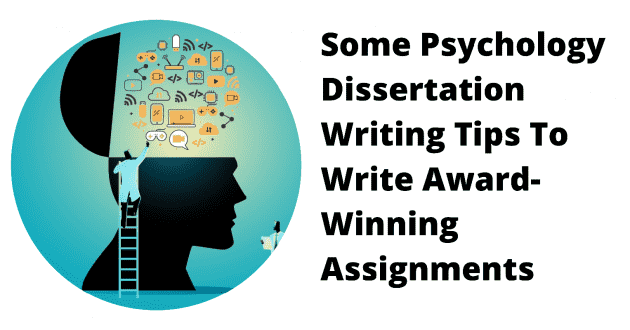Mass Hysteria
- - Category: Psychology
- - 28 Sep, 2022
- - Views: 406
- Save

Mass hysteria represents a collective, spontaneous, obsessive and abnormal behaviour that has no direct physiology.
Mass hysteria represents a collective, spontaneous, obsessive and abnormal behaviour that has no direct physiological cause. Researchers categorise this phenomenon as a type of psychogenic illness which is a condition where psychological distress manifests itself in physical symptoms. Mass hysteria spreads like a contagious infection, especially among a cohesive group and results in disturbance in the functionality of each of the individuals. According to the sociological perspective, mass hysteria is a collective behaviour usually taking place in large groups with members who have an influence on each other.
It has been recognized by many experts that mass hysteria has two distinct types:
- Mass anxiety hysteria – This type of hysteria has a sudden appearance of symptoms and resolves quickly. It takes place among close and isolated groups. Examples of physical symptoms of mass anxiety hysteria are chest pain, dizziness, headaches and fainting.
- Mass motor hysteria – People experiencing this have comparatively longer stress and tension. There is a severe disturbance in motor movements and is slow in resolution. Examples of mass motor hysteria more often involve unstoppable crying or laughing, altered speech patterns, partial paralysis, shaking and twitching and trance-like states.
Some of the famous examples of mass hysteria include the following:
- Choreomania – Across Europe in the Middle ages, Groups of people suddenly and spontaneously began to dance without a pause and eventually fell unconscious. Research indicates that the dancing plague can be linked to a fear of st. Vitus.
- Vaccine side effects – Students in Jordan receiving the vaccination for tetanus-diphtheria in school believed that they were having side effects. A total of 800 children were admitted to the hospital for treatment. However, later it was discovered that most of these students did not experience any side effects at all.
- Tics – In the most recent times around 2020-2021, girls and women started experiencing vocal tics as well as motor tic-like behaviours. This was mainly triggered by watching similar videos of tic and movement disorders.
The possible causes of mass hysteria have been explored and it has been discovered that the following factors might play a role in triggering such disruptive collective behaviour.
- Groupthink – It is one of the most powerful psychosocial phenomena where people strongly follow the opinions of the group members instead of valuing their own individual views. This especially occurs when the leader present is persuasive along with being respected and loved. The members strongly believe the decision taken by the leader is the right one and the emotions like fear and anger are easily acquired. Hence, this can lead to collective phobias or mass hysteria.
- Emotional trauma – Individuals going through extreme stress may feel overwhelmed by stressful or traumatic situations. Confronting such intense emotional trauma might also lead to some physical symptoms. In such scenarios, people falsely end up believing that their discomfort is due to underlying major physiological problems instead of their feelings.
- Social pressure – Observing others act out in certain ways might create turmoil in people’s conscious or unconscious world where they tend to feel pressured to react in similar ways. The fear arising from observing others might push them to notice their own physical sensation and misattribute them to the extent to which they have intense spontaneous similar reactions.
- The nocebo effect – This effect is opposite to what we understand from the placebo effect. Whereas in the placebo effect we expect symptoms to improve, in the nocebo effect there is an expectation of developing known unwanted symptoms which are unpleasant in nature. The strong expectations lead to the development of the symptoms that the individuals dreaded the most.
- Isolation and social segregation – Mass psychogenic illness usually takes place in groups that are isolated from mainstream society, for example, military bases, convent schools, rural communities etc. This segregation aids in groups becoming more closely connected. The cohesiveness is also due to the members sharing a particular lifestyle and belief structure. This leads to greater influence on each other’s behaviour.
As challenging as hysteria can be for people, there is still a lot yet to be researched and discovered. However, experts suggest that it can take place among any individual or group, especially in times of psychological crisis. Hence in such cases of mass psychogenic illness, it is essential to distance oneself from the group showing physical symptoms as well as the media elaborating the same. Limiting observations can reduce the intensity of fear being developed in one’s mind. Identifying the sources of stress or anxiety can be also one of the crucial steps toward recovery. Seeking social support to deal with the overwhelming emotional upheaval is another necessary requirement. It is also important to spread awareness regarding acknowledging the pain associated with hysteria, regardless of the fact that it does not have a physiological cause.
– Urveez Kakalia & Debanjana Banerjee.



